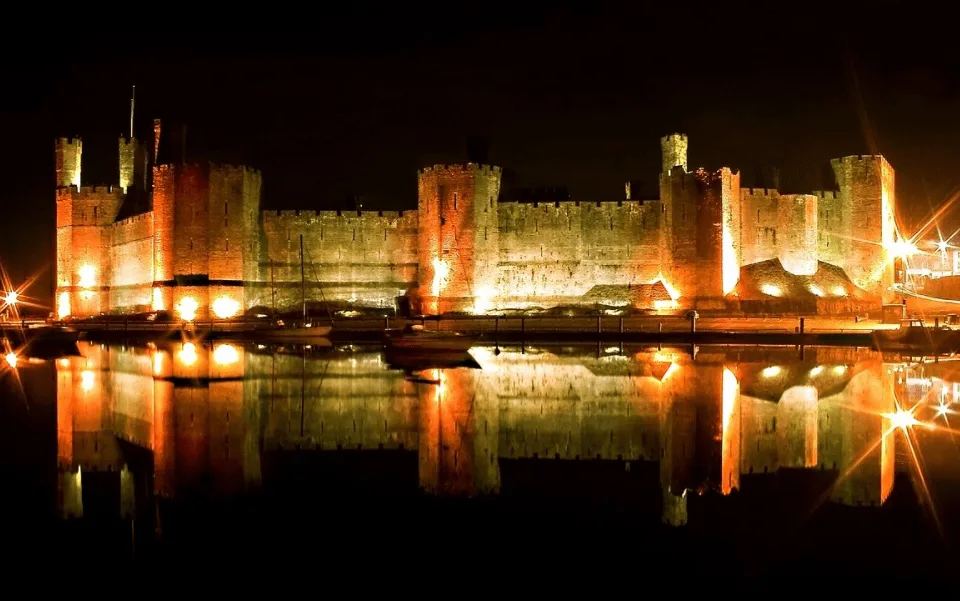One of the most amazing castles in Europe can be found in the northwest of Wales.
In this post, you’ll discover the ultimate list of interesting facts about Caernarfon Castle, an amazing landmark in the country.
1. The castle is located in the royal town of Caernarfon
Caernarfon Castle is located in the town with the same name in Gwynedd in the northwest of Wales. It was built on the right bank and near the mouth of the River Seiont which is an extremely strategic location.
The town is located on the eastern shore of the Menai Strait, a 25 kilometers (16 miles) long stretch of water that separates the island Anglesey from the mainland of Wales.

2. A Roman fort was located just outside the modern town
A Roman fort which they referred to as “Segontium” was founded in the year 80 A.D. just outside the walls of the modern city. The Romans inhabited the area and used the fort from their conquest of Britain until they left in the year 382 A.D.
The Roman fort, of which some ruins still remain, was located just a few hundred meters to the east of the location of Caernarfon Castle.
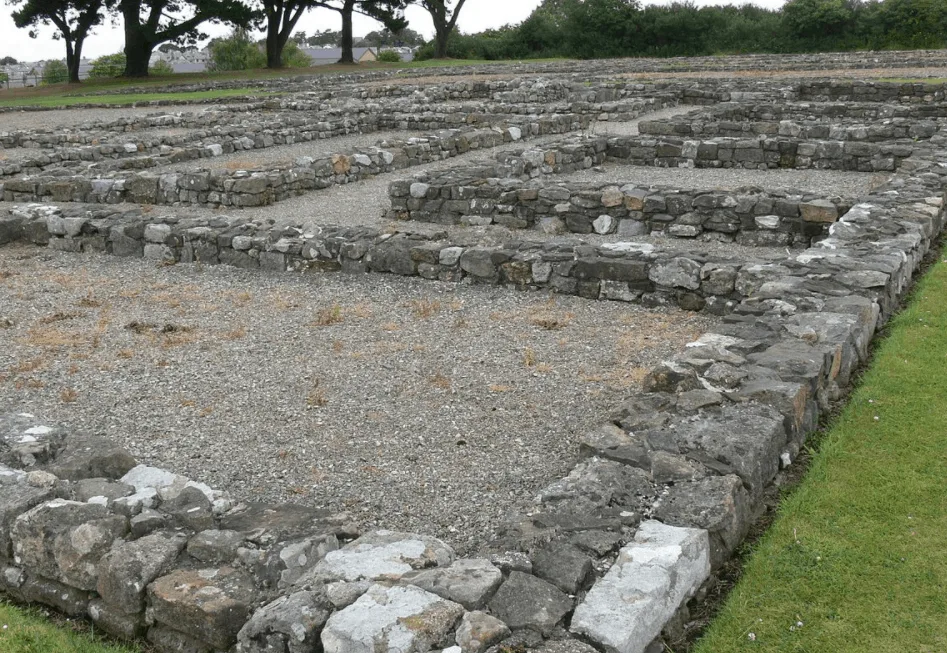
3. The original castle was built by William the Conqueror
After the Norman Conquest of England in the year 1066, William I established dozens of castles all across Britain. The first Norman who was given control of the area was named Robert of Rhuddlan, but he was killed by the Welsh in 1088.
A stronger motte-and-bailey castle was established which was defended by a wooden keep and defensive walls. The motte was later integrated into the current castle but nothing of the original structure remains.
4. The stone castle was built by Edward I in 1283
The Norman occupation of Gwynedd didn’t last long as the Welsh recaptured the area in 1115 and the castle became the property of the Welsh princes. This lasted until war broke out with England in the year 1282 and Edward I conquered the area just a year later.
He built several castles in the area to both establish control and emphasize the power of the new ruler. The stone castle at Caernarfon was one of the most impressive castles that were built at the time!
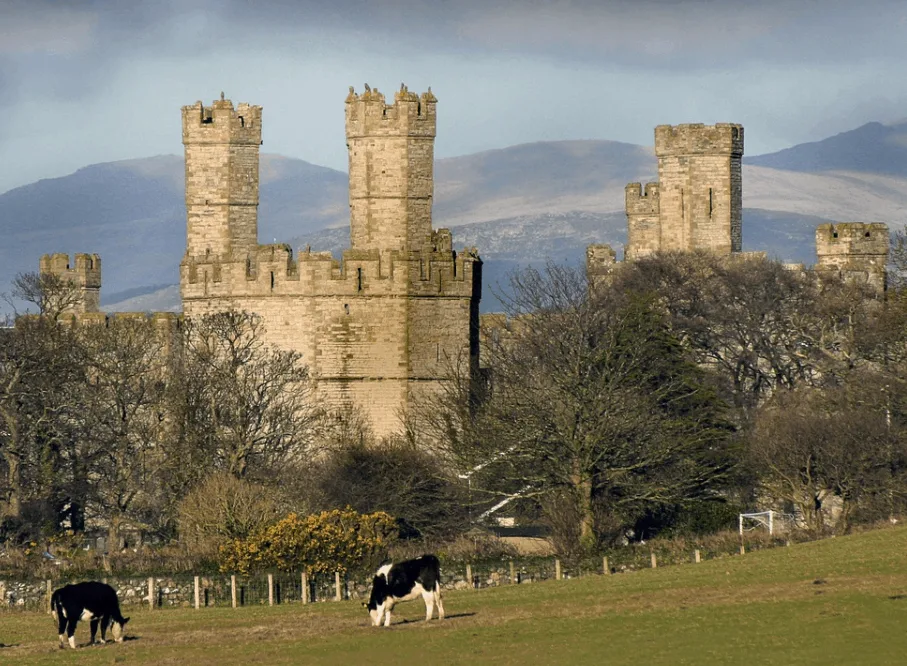
5. The castle’s architect designed some other notable castles as well
To build the most powerful castle, Edward I engaged one of the most renowned architects at the time named James of Saint George who had roots in the Savoy region. He didn’t just design the castle at Caernarfon though as he was also responsible for various other castles as well.
These included the 2 other castles built by Edward I in Wales, Conwy Castle, and Harlech Castle, but also a famous castle in Switzerland called Chillon Castle!
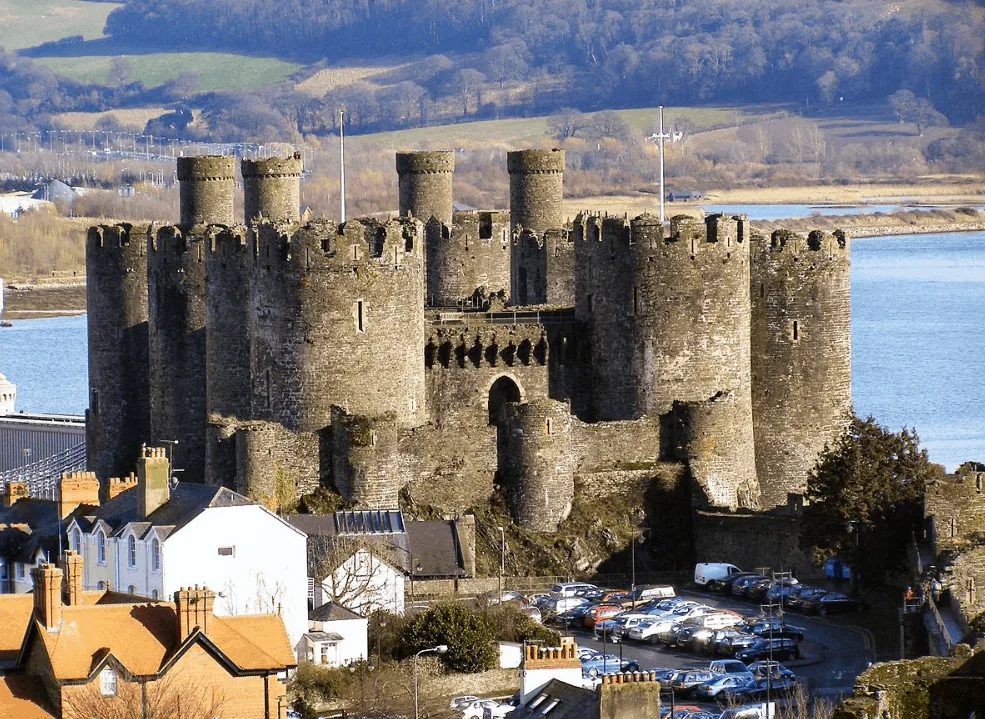
6. The castle was part of a much larger building program
To say that Edward I meant business was an understatement. He didn’t just build the massive stone castle, but also completely fortified the town of Caernarfon by building town walls and also built a quay to ensure the town could be easily supplied from the river.
He didn’t waste any time as well as the construction was already underway shortly after he conquered the area. There’s a reference that a ditch was being dug on June 24, 1283, to separate the town and the castle on the north side.
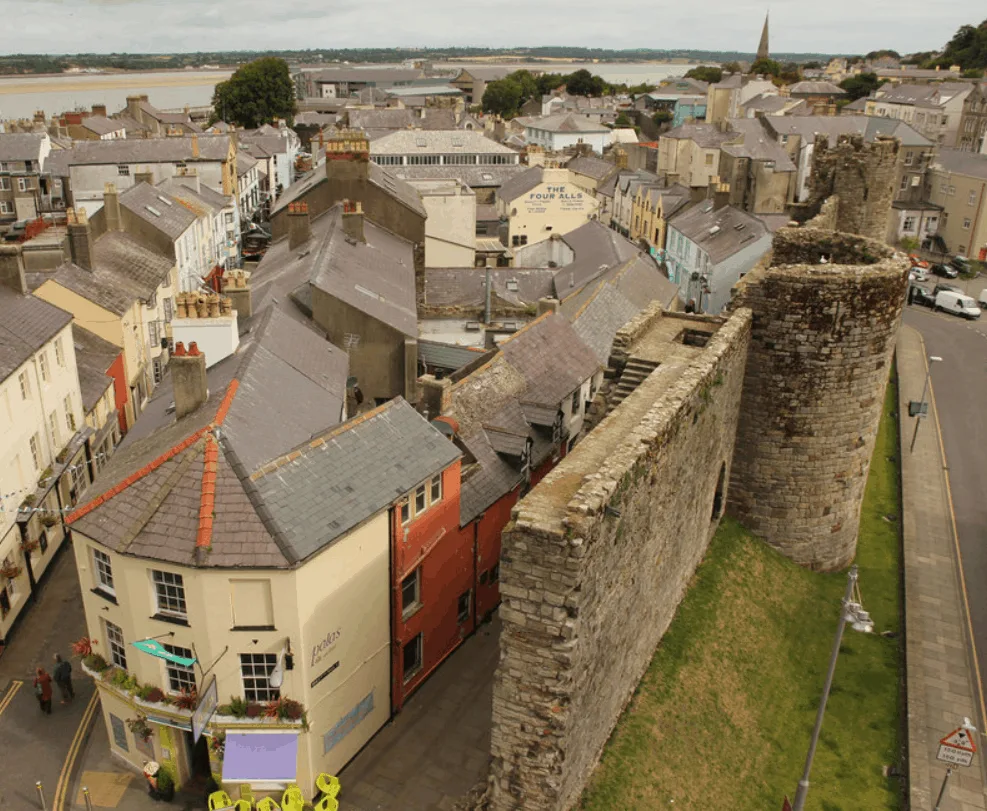
7. The future king of England and Prince of Wales was born at Caernarfon Castle
Caernarfon quickly became the most important town in Northern Wales, something emphasized by the number of men protecting the castle at all times, which varied between 20 and 40, even during times of peace.
One of the most interesting facts about Caernarfon Castle is that the future king of England, Edward II, or “Edward of Carnarvon,” is believed to have been born at the castle on April 25, 1284. He was also made Prince of Wales in the year 1301
The tradition of the oldest son of the monarch becoming the Prince of Wales has been upheld until this day!
8. A rebellion left Caernarfon and the castle in ruins in the year 1294
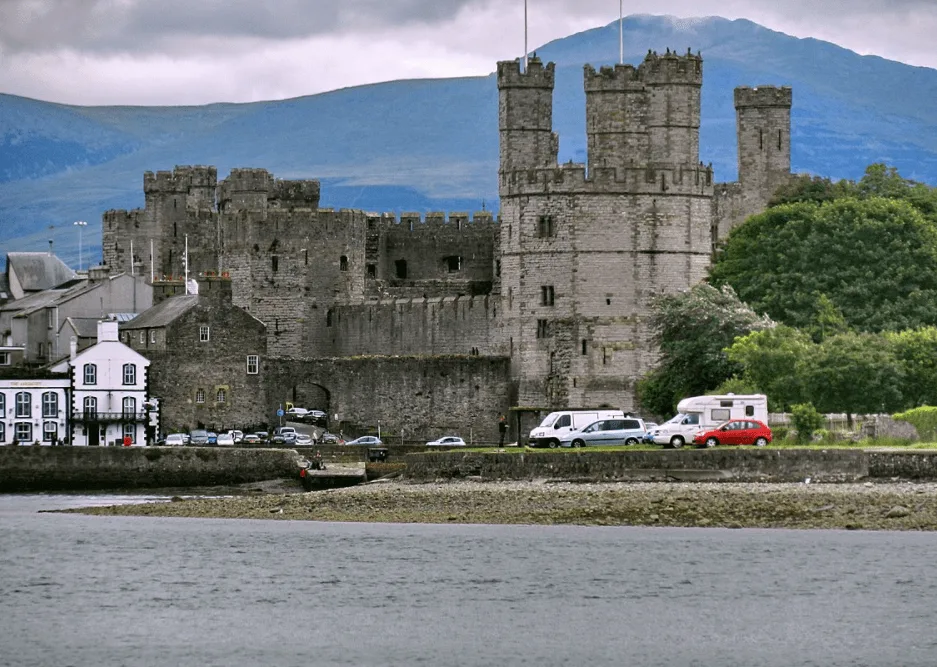
9. Edward I spent huge amounts of money on his castles in Wales
Most of the defenses, including the town walls, were completed in the 1280s. The last account dates back to the year 1292 and by then, Edward I had spent £12,000 in Caernarfon, a sum amounting to £14,850,000 based on inflation today!
By 1330, which is the year that accounts end, the money spent had almost doubled and towered above the most expensive castle at the time, Dover Castle.
When the castle-building campaign in Wales had ended in 1330, a grand total of £95,000 was spent, the equivalent of over £117,500,000 today!
10. Caernarfon Castle was never completed
One of the most remarkable facts about Caernarfon Castle is that even though such huge amounts of money were spent on the castle, it was never really completed.
The rears of the two main entrance gates were never completed and foundations have been found inside the castle’s compound where planned buildings would have been built.
Not much has been done after the year 1330 as well, which means all that we see today is from the decades of construction following Edward I’s conquest of Wales.
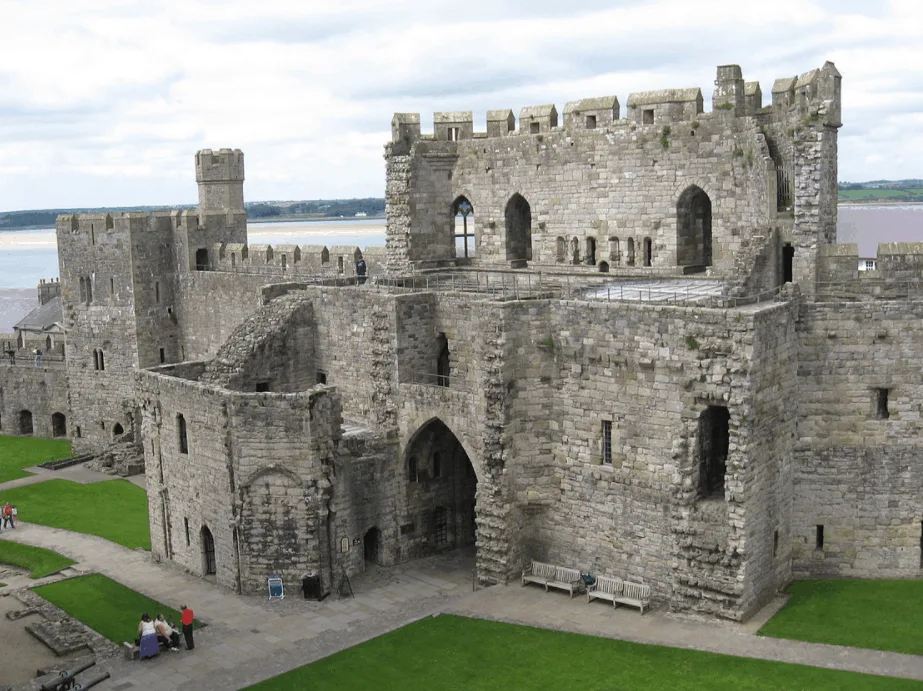
11. The castle was besieged during the Welsh Revolt of the early 15th century
The castle saw two major sieges during its early history. Just after most of the castle was completed, the castle and town were sacked in a rebellion led by Madog ap Llywelyn in 1294, which was quickly sorted out the year later.
Several intense sieges happened during the so-called Glyndŵr Rising between 1400–1415, including a siege of the Welsh with the help of French troops.
The moment the Tudors came to power in 1485, the hostilities between the Welsh and English faded and the castle fell into disrepair for multiple centuries.
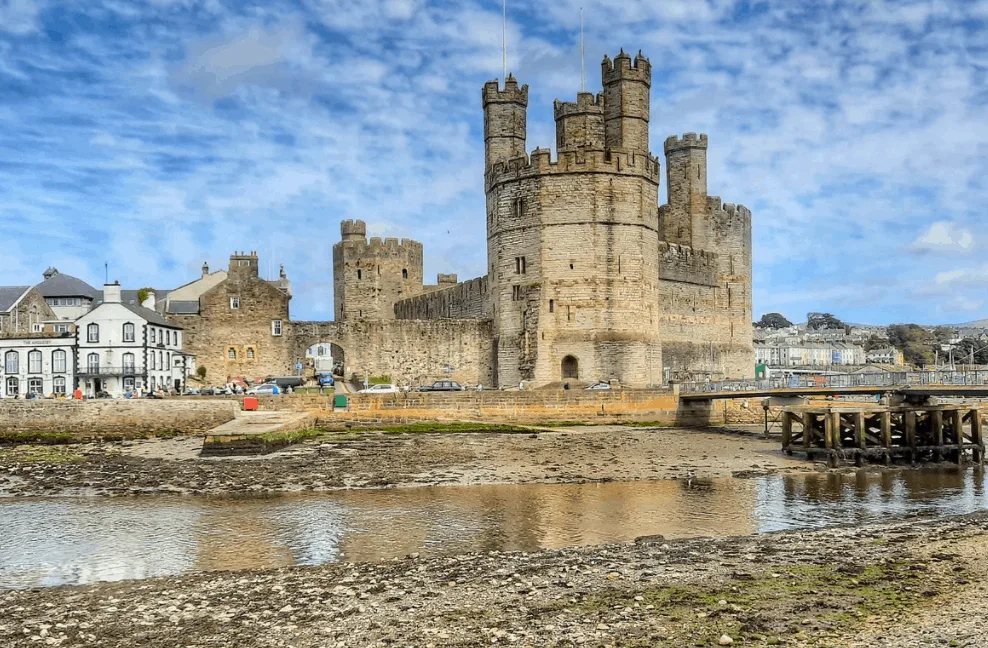
12. The last time the castle saw action was during the English Civil War
By the early 17th century, the castle was so dilapidated that only the King’s Gate and Eagle tower still had roofs. Everything inside the castle had been stripped of its valuables as well.
When the English Civil War broke out, the castle was still used because its defensive features were still intact. After being besieged 3 times by Parliamentarian forces, the Royalist garrison under the command of John Byron, 1st Baron Byron surrendered in the year 1647.
The ruined castle never saw action again.
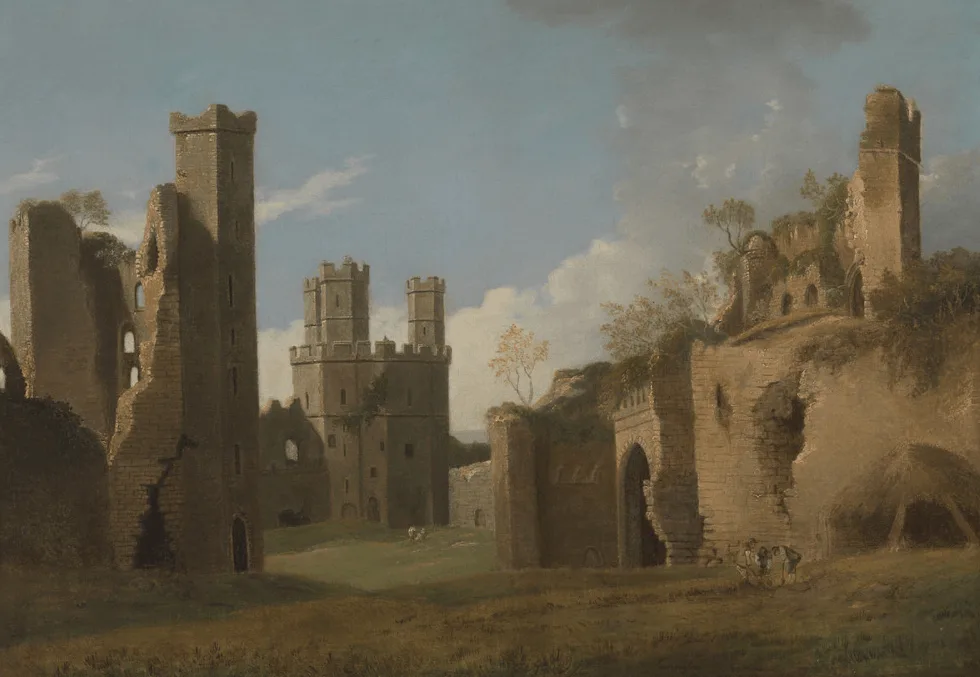
13. A renovation project was started at the end of the 19th century
It wasn’t until the year 1870 that serious efforts were taken by the government to start renovating the castle. This included repairing all the roofs, steps, and battlements which give the castle its powerful appearance.
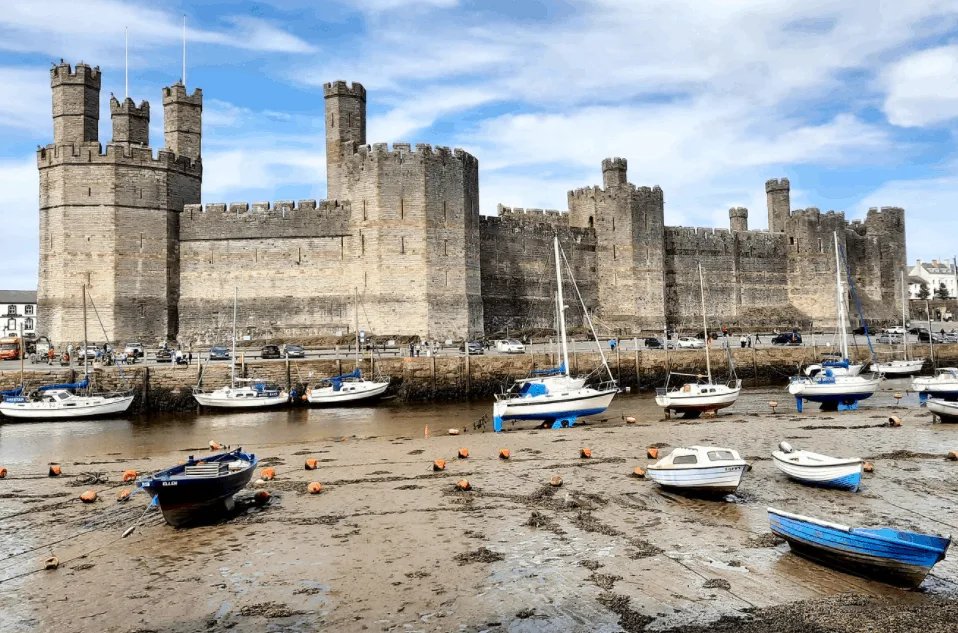
14. The King’s Gate is an impressive feat of medieval architecture
Famous architectural historian Arnold Taylor referred to the King’s gate entrance tower as:
No building in Britain demonstrates more strikingly the immense strength of medieval fortifications than the great twin-towered gateway to Caernarfon Castle.
The tower is really massive and was built this way to emphasize the strength of the English as they established control over the northern part of Wales.
The statue in the niche above the gate is that of Edward II, who is forever overlooking the town of Caernarfon.
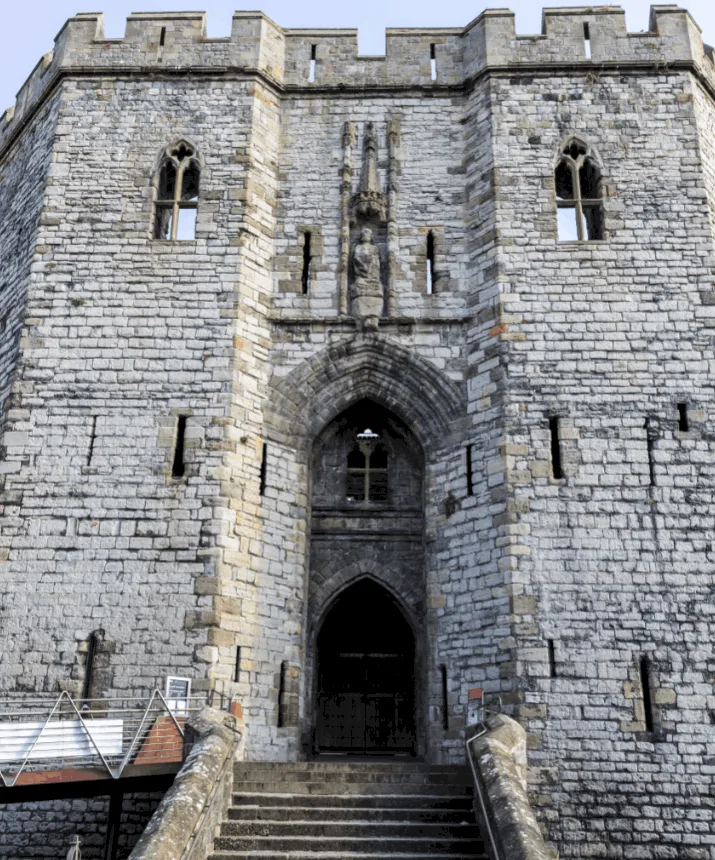
15. The castle has another impressive entrance as well
Another one of those fascinating facts about Caernarfon Castle is that there are more than one of these massive entrance gates. The other one is referred to as the “Queen’s Gate” and is equally impressive.
What makes this gate remarkable is that it’s located above ground level, which is most probably because of the fact that the motte elevated the ground level of the castle in medieval times.
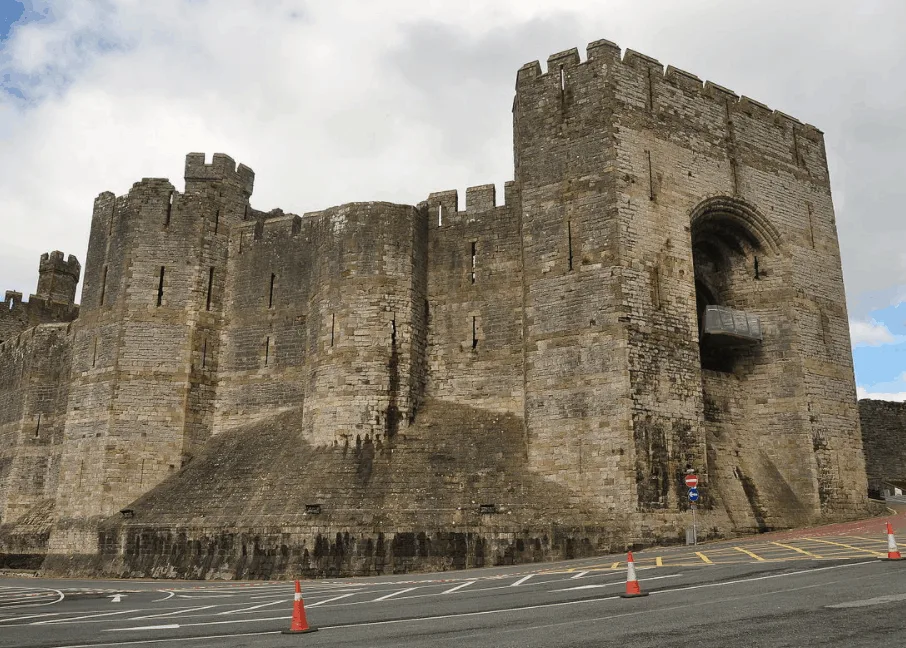
16. The last two Princes of Wales were given their title at the castle
A tradition that once started in the year 1301 has been resumed in the early 20th century when the investiture of the Prince of Wales, Prince Edward, who would later become Edward VIII, was held at the castle.
This was repeated during the investiture of Prince Charles in 1969, who still holds the title of Prince of Wales today.
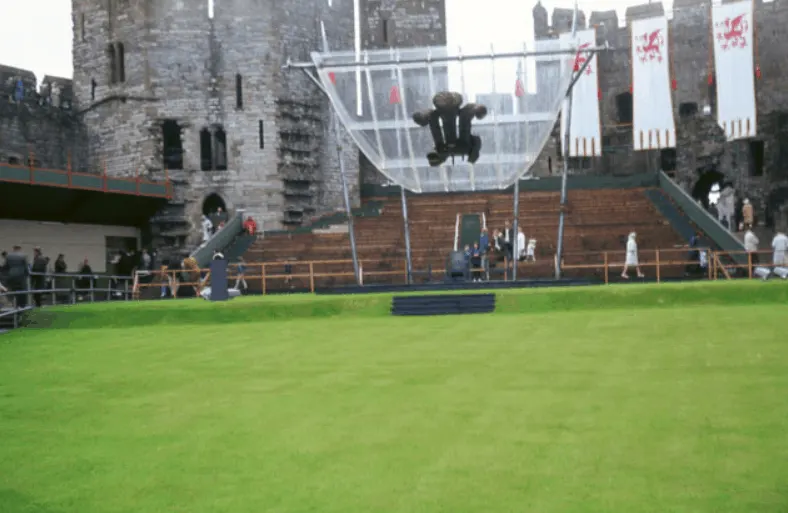
17. It’s a UNESCO site and a very popular tourist attraction in Wales
The castle is currently maintained by Cadw, a historical environment service of the Welsh Government. It has also been designated as a UNESCO World Heritage site in 1986 as part of the “Castles and Town Walls of King Edward in Gwynedd.”
It’s one of the most popular tourist attractions in the region and welcomes over 200,000 visitors every year!
